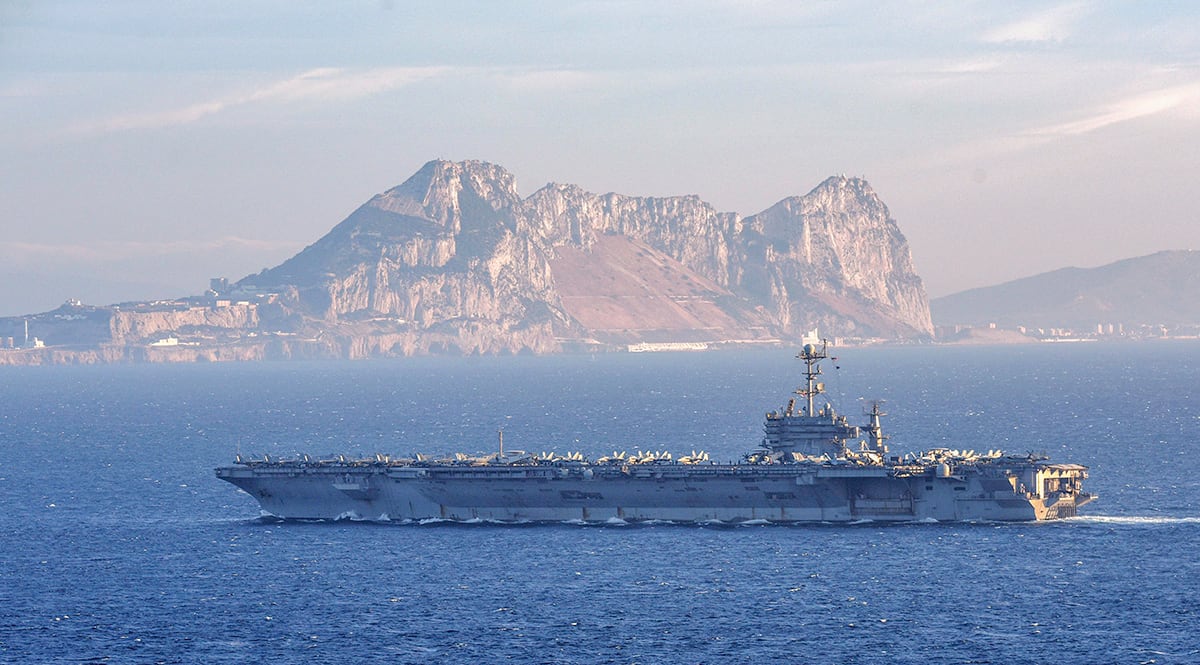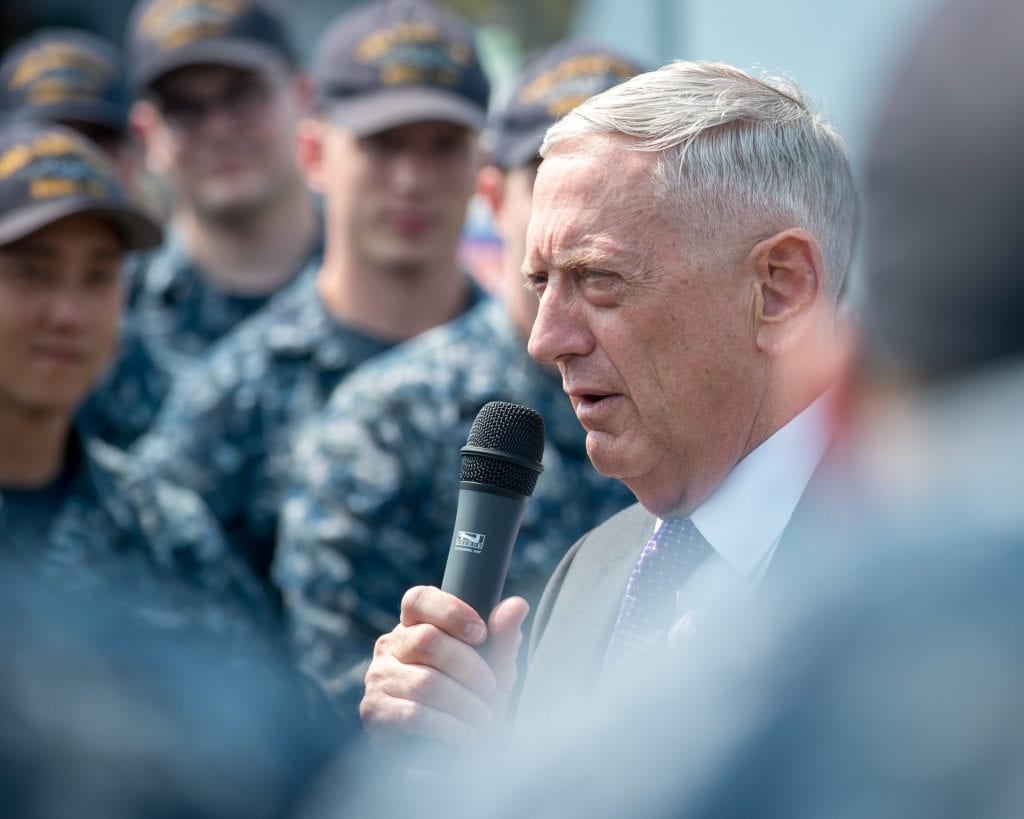A independent review of the 2018 National Defense Strategy by a 12-member bipartisan commission warns that the military might of the United States has degraded and could lose a fight against a rival power.
Retired Adm. Gary Roughead, who led the Navy as the chief of naval operations from 2007 to 2011, co-chaired the 12-member panel. It was convened by Congress to take a critical look at America’s national defense strategy.
Their report — “Providing for the Common Defense” — was released Tuesday by the United States Institute of Peace.
Its candid findings laid out a potentially catastrophic fate for America’s armed forces in a future war.
“The U.S. military could suffer unacceptably high casualties and loss of major capital assets in its next conflict,” the authors wrote. "It might struggle to win, or perhaps lose, a war against China or Russia. The United States is particularly at risk of being overwhelmed should its military be forced to fight on two or more fronts simultaneously.
“Additionally, it would be unwise and irresponsible not to expect adversaries to attempt debilitating kinetic, cyber, or other types of attacks against Americans at home while they seek to defeat our military abroad. U.S. military superiority is no longer assured and the implications for American interests and American security are severe.”
RELATED

The panel warned that after waging 17 years of counter-insurgency wars, many of the “skills necessary to plan for and conduct military operations against capable adversaries — especially China and Russia — have atrophied.”
The report took aim at Congress, cautioning that the Pentagon must “overcome years of unprecedented budgetary turmoil" that have included “multiple government shutdowns and near-shutdowns, nine consecutive years beginning under either shutdowns or short-term continuing resolutions that have consumed over one-third of the time available to plan and execute readiness activities” plus defense caps within the so-called “sequestration” budget deal that began in 2013.
The report’s authors called for the Navy to grow, but not in the way that’s outlined now: “China and, to a lesser extent, Russia invest in their undersea capabilities, the United States must expand its submarine fleet.”
Both the National Defense Strategy and the shipbuilding plan that buttresses it fail to do that, the panelists warned, and “there will actually be a reduction in the number of submarines over the next decade.”
The panel also pointed to the military’s sealift forces, urging the Navy to dramatically recapitalize spending on those vessels to “project and sustain combat power into the Western Pacific and other theaters.”
The authors described “daunting challenges in establishing air superiority or sea control and retaking territory lost early in a conflict” and cautioned military planners that American forces “face harder fights and greater losses than at any time in decades.”
“The prolonged, deliberate buildup of overwhelming force in theater that has traditionally been the hallmark of American expeditionary warfare would be vastly more difficult and costly, if it were possible at all,” according to the report.
“Put bluntly, the U.S. military could lose the next state-versus-state war it fights.”
RELATED

The panel studied a wide range of solutions to the problems the report identified, some simple fixes but others complex issues that require help from institutions outside the armed forces.
That’s not helped by murky concepts and Pentagon jargon — with notions in the national strategy such as “expanding the competitive space,” “accepting risk” in lower-priority theaters, the increasing importance of nuclear weapons or relying on “Dynamic Force Employment" — that are “imprecise and unpersuasive,” the report said.
“Absent a more integrated, whole-of-government strategy than has been evident to date, the United States is unlikely to reverse its rivals’ momentum across an evolving, complex spectrum of competition," the authors warned.
Mark D. Faram is a former reporter for Navy Times. He was a senior writer covering personnel, cultural and historical issues. A nine-year active duty Navy veteran, Faram served from 1978 to 1987 as a Navy Diver and photographer.





